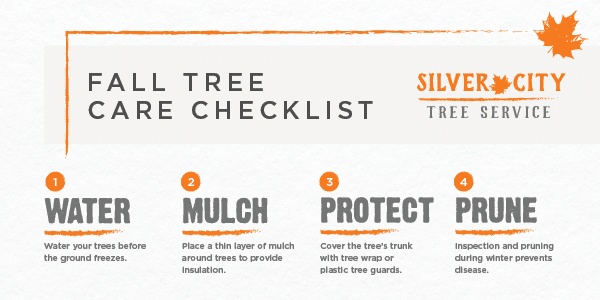Figuring Out The Right Time For Tree Removal - A Guide For Homeowners
Figuring Out The Right Time For Tree Removal - A Guide For Homeowners
Blog Article
Created By-Churchill Abrahamsen
Trees include beauty and worth to residential property, but they can likewise present a danger during severe climate events. If a tree has quit growing, is exhibiting visible fungal growth, or has a leaning trunk, it needs to be removed by an expert to prevent residential property damage and injury.
To read more, participate in a home owner source reasonable co-hosted by HPD, the Facility for NYC Neighborhoods, and Brooklyn-based real estate companions this night in Bedford-Stuyvesant. The event will certainly feature the Property owner Handbook, a brand-new overview to aid property owners browse the duties of possessing a home.
1. Dead or Dying Branches
Trees are an indispensable part of your home's landscape, providing color and elegance. They also provide sanctuary for wild animals and generate oxygen, yet even healthy and balanced trees can experience health issue that may demand their removal. Dead or dying trees aren't just undesirable, they can be dangerous. Their branches might drop throughout a storm, leading to costly home damages and injuries.
When a tree's branches start to pass away, it suggests that its structure is starting to break down. If most of its branches are dead, it is likely time to remove it.
Search for an absence of brand-new growth, bark peeling, open wounds or dental caries, fungis growing on the trunk or origins and a general look of degeneration in the entire cover. These indicators of infection can suggest a serious issue that will certainly need professional tree solutions to solve.
2. Leaning Trunk
While it's regular for trees to lean from time to time as a result of phototropism, if a tree has a dangerous or severe lean that's not as a result of natural processes - maybe a sign that the tree requires to be removed. If the tree is leaning toward a high-voltage line, home, automobile, play structure or any other area that could be dangerous to people if it falls, after that speaking to a professional tree service for removal need to be a leading priority.
It's also essential to look for any sudden changes in a tree's leaning as it can suggest damage to the origins or trunk that may cause falling. This is specifically real throughout stormy weather, because high winds and rain-soaked soil can create a lean to transform rapidly. Regular surveillance, particularly during and after storms can aid home owners recognize potential troubles with their trees so they can call an arborist for a detailed analysis.
3. Parasite Infestation
Some pest problems, such as wood-boring insects like emerald ash borer or sap-suckers like range pests, are so serious that they can create a tree to pass away. The best way to prevent pest infestation is to monitor your trees regularly. https://docs.google.com/spreadsheets/d/1ErP0weRPs6aig_hZVzZkq5J5o2AIjtqsuHDDT4fseps/edit?usp=drive_link for spots, openings, or discolorations in the fallen leaves and bark. Check out the trunk for fractures and signs of insect damage, such as tunnels or tracks.
If a tree becomes also plagued with bugs, or is close to a home or high-voltage line, an arborist may advise removal. If a leaning tree creates a brand-new, unpredictable lean, an arborist will likely suggest elimination too to ensure the safety of people and residential property. If a weakened or dead tree consistently sheds extreme branches, it is a sign that it is time to get rid of the tree. If a tree remains to shed branches for a prolonged period of time, it could lead to architectural troubles and possible residential property damages.
4. Harmed Trunk
Trees are an attractive and fundamental part of our landscape, however they do call for normal like keep them healthy and risk-free. If landscaping services is harmed beyond repair it is most likely time for it to come down.
Seek indications of damages to the trunk, consisting of upright cracks, joints, dead branch stubs, visible wounds or open cavities and severe tree-rot. The presence of fungis at the base of the trunk is an additional advising sign. Fungis may indicate that the phloem and xylem (life-support tissues) are jeopardized, permitting the spread of illness or a future failure.
Additionally, take into consideration whether the tree has actually stopped growing. Healthy trees will have brand-new development annually, which may be visible as buds or branches sprouting and expanding. If you don't see any new growth, it's an excellent idea to have an arborist assess the tree and follow their referral for removal. A dying or damaged tree can drop and cause residential property damage.